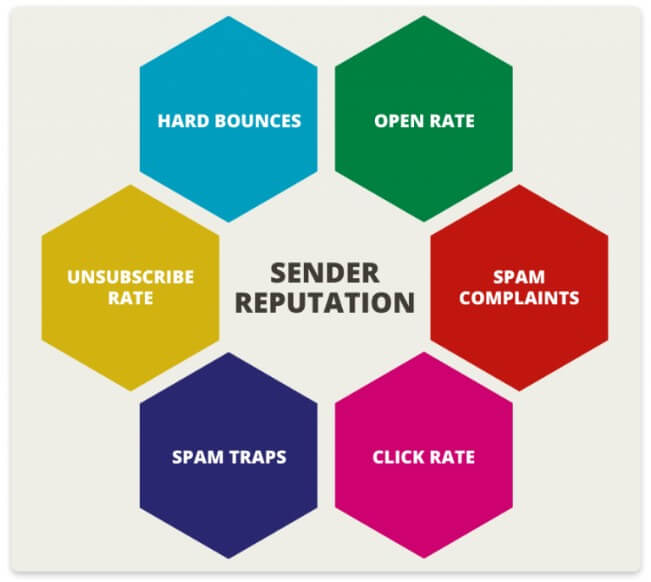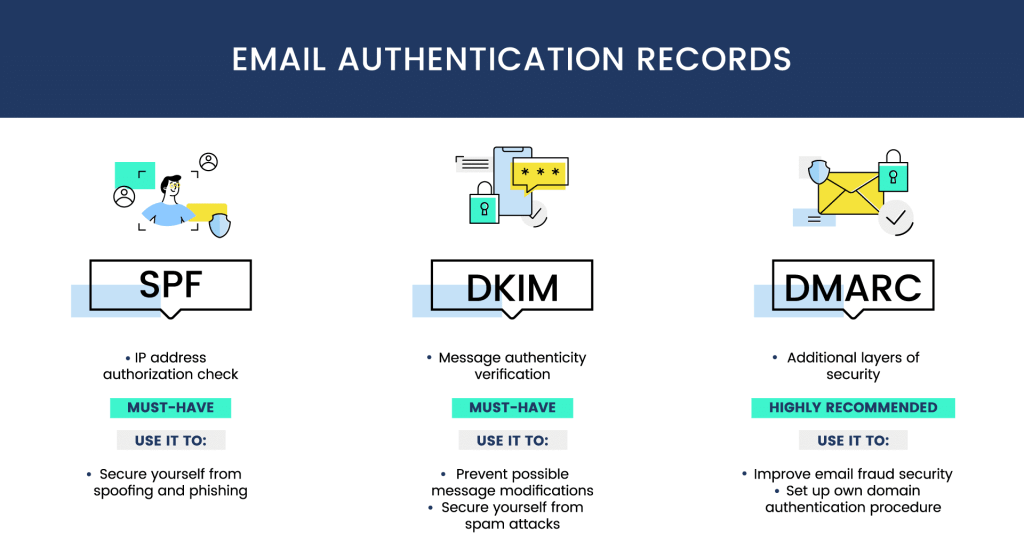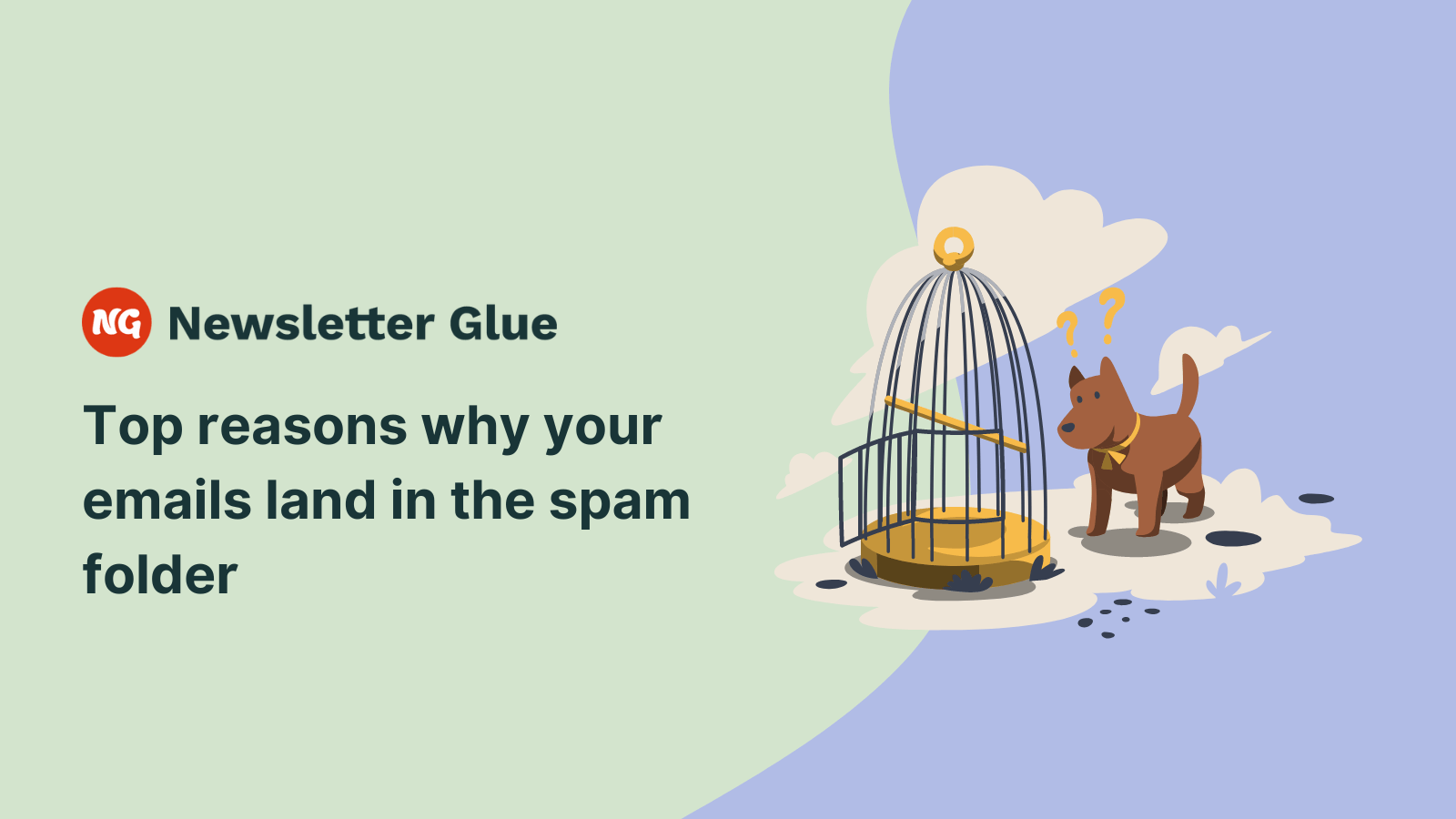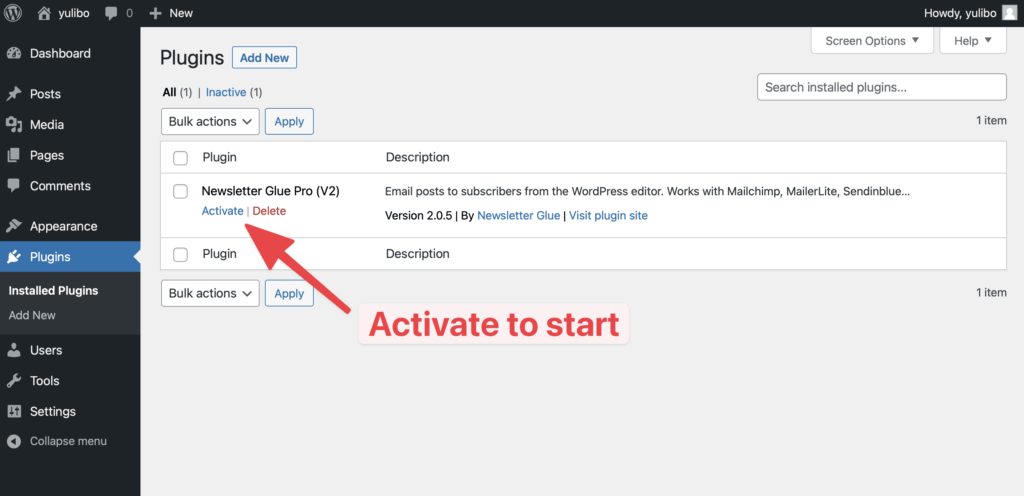As a marketer or business owner, you know the effort it takes to create a high-converting email campaign, target the right audience segment with it, and figure out the best time to dispatch it. And then experience the frustration of watching part of that effort go to waste when your emails end up in the spam folder.
So, on top of working hard to increase your open rates, you have to find your way out of the spam folder black hole. And you are left wondering why it keeps happening. But that’s what we’re here for.
In this article, we’ve compiled a list of the most common reasons why wonderful emails wind up in spam and what you can do to turn things around.
7 Potential Reasons Why Your Emails End Up in the Spam Folder
With spammers getting all the more clever, email clients and their spam filters are getting more sophisticated to ensure recipients don’t receive unnecessary, malicious, or annoying emails. But it’s not like you can’t do anything about it. By avoiding the most common mistakes listed in this guide, you’re one step closer to improving your email deliverability rate.
1. You don’t use reliable email marketing software
The first step to maintaining credibility with mailbox providers is to have a sending email address that isn’t associated with spam complaints. It’s exactly what spam filters check to determine if your sending address is connected to solicited and healthy email communications.
The reliability of an Email Service Provider (ESP) as a sender depends on the reputation of the IP addresses and domains of its clients. When you put your trust in careless ESPs that are connected with shady IPs, your emails will probably end up in the spam folder. That’s because even legitimate email addresses could get flagged just because they share the same IP address with untrusted senders and spammers.
On the contrary, reliable email marketing software like Sendinblue and popular Sendinblue alternatives ensures recipients only receive solicited emails. Not only do they take measures to prevent spammers from using their platforms, but also provide you with features to enhance your email deliverability, such as setting up email authentication methods. All these factors play an important role in improving your deliverability and enhancing your sender reputation.

2. Recipients haven’t given you consent
This might sound like stating the obvious, but you shouldn’t contact recipients that haven’t given you express permission to send email marketing messages. It’s actually the first rule of email marketing. Nonetheless, many marketers fall into the trap of purchasing email lists and sending emails to contacts that have never heard of them before.
Buying email lists might give you access to a large number of recipients without breaking a sweat, but it will get you nowhere in terms of engagement. People who didn’t ask for your emails will be surprised to receive them – to say the least. Or it will annoy them enough to flag your emails as spam. And it could get even worse; contacting people who haven’t signed up for your newsletter is against the law, and you could be subject to harsh penalties.
Also, with purchased lists, you have no way of knowing if an email address is real. It’s easy to understand that bad or fake addresses result in increased bounce rates. But even if none of these factors affect your email deliverability, recipients who didn’t choose to opt-in will never convert. So, remember that, to advance your business, you need engaged recipients who came in of their own free will and are interested in hearing your news – therefore, won’t send your emails to spam.
3. You haven’t set up proper authentication methods
You would be surprised if you knew how easy it is for spammers to reach out to your recipients with emails that seem to come from your domain. To prevent them from using your domain without your permission, there are certain email authentication methods you can set up. These will be the ones alerting email clients’ spam filters when they come across an email that lacks authentication.
Email authentication methods are technologies that authenticate your emails, automatically enhancing your credibility with spam filters. With proper authentication, you authorize your ESP to send emails on your behalf. So, recipients see your domain name, even though there was a third party involved. It’s like proving your identity and verifying that you have control over your sending domain.
When you have properly set up email authentication through the help of your email marketing platform, you maximize the chances of your emails ending up in subscribers’ inboxes. So, in case you are troubleshooting spam issues, start by looking into the main authentication checks:

4. You include suspicious links or URL shorteners
If you take a moment to think about your own experience with spam emails, what was their most common objective? Probably making you click on some type of link. It’s not hard to understand that using the wrong links or directing users to shady domains will affect your spam complaints.
So, first of all, stay away from websites visitors could consider spammy, such as a web page linked to malware infection. It’s equally important that your display URL matches the actual link. The display URL differing from the actual link alerts users since it’s a well-known spammer practice for getting them to click on malicious links. So, if you want your emails not to get caught in spam filters, ensure they direct users to reputable sites.
Another practice that spammers use and both web visitors and email clients are aware of is using URL shorteners. It’s a risky tactic that leads users to think you want to trick them into tapping on a link they wouldn’t otherwise. Spammers love URL shorteners because they allow them to hide shady web destinations from visitors. Even if you think they are an easy way to track your email links, you better trust your ESP’s analytics for detailed link tracking instead.
5. Your sender information is inaccurate
Apart from evaluating your sending domain, inbox providers check your ‘From’ field address, too. A major reason your email campaigns may wind up in the spam folder is inaccurate sender information. Inbox providers monitor this kind of information to identify the person or business that sent the email.
You should never mislead readers with your ‘From’ and ‘Reply-to’ fields, as well as your routing information. State who you are clearly, use trustworthy names, and avoid changing your ‘From’ field names frequently. It’s better to use a limited number of ‘From’ email addresses that subscribers recognize and match your authentication information.
What’s more, adding a physical address to every email communication has become a legal requirement according to the CAN-SPAM Act. To keep your emails out of spam, your email marketing efforts should contain the physical address of the company or person that initiated the message. Most brands place this type of address at the email bottom.
6. You don’t have an email unsubscribe option
We totally understand that you don’t like it when recipients unsubscribe from your newsletters. But trust us when we say that when readers don’t want to receive any more emails from brands and can’t find the way out, it’s even worse. One way or another, those leads are gone in terms of engagement. Not to mention, they could get annoyed enough to flag your emails as spam or even write bad reviews about your business practices.
Having an email unsubscribe option is a necessity if you want to comply with anti-spam laws and stay away from legal trouble. Offering readers a way to opt out is key to showing them your brand is trustworthy and credible. So, instead of hiding your unsubscribe option, make it prominent and clear while placing it where readers expect to find it: your email footer.
After all, not every person looking for the unsubscribe button or link wants out; some will be looking for an option to receive fewer or more relevant emails. To address this need, make sure there’s an ‘update your email preferences’ option nearby so that recipients can adjust the frequency and content of the email communications that land in their inboxes.
7. You employ spammy practices in your email content
It’s crucial to stay away from all kinds of spammy practices in your email content. Spam filters check for certain keywords or phrases they see as red flags, like ‘free’, ‘click here’, ‘cash’, ‘earn money’, etc. Those phrases alone may not route your emails to spam, but when combined with other spam-triggering tactics, the chances increase dramatically. Let’s detail the most common:
- Avoid fully capitalized phrases and too many exclamation points
- Don’t use special characters or emojis excessively
- Opt for visible fonts that are readable and clear
- Mind the contrast between the font color and its background
- Don’t leverage salesy language and show value instead
Last but not least, double-check for grammatical and spelling errors when creating your email subject lines and email copy. Email clients are on alert when it comes to these errors since, typically, phishing emails contain lots of them. Many spammers leverage machine translation to convert their messages into English, which is why poor grammar or misspelled words trigger spam filters. Not to mention that poorly written email content seems unprofessional and sloppy, and your recipients don’t appreciate this kind of email marketing.
Final Words
As you can see, there are many reasons why your emails wind up in the spam folder. By skipping the practices shared above, you are one step closer to delivering your email campaigns to recipients. Keeping your emails out of spam enables you to target the right audience, increase your email campaign performance, and turn readers into loyal customers that can’t wait to hear all about your exciting business news!



